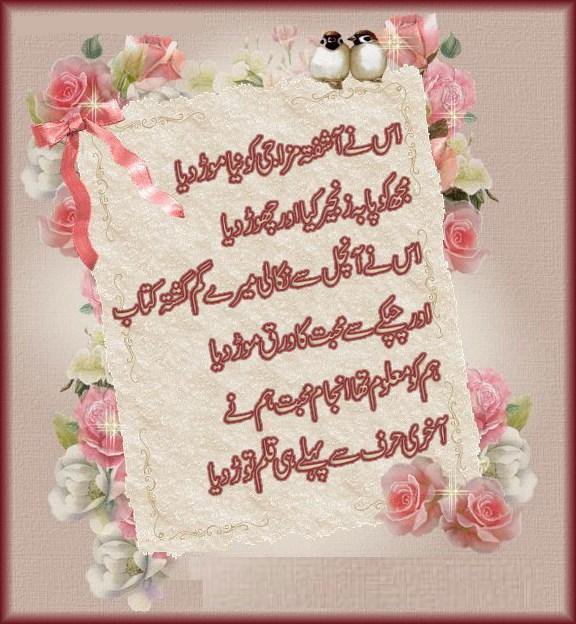Urdu World Poetry Biography
Source (google.com.pk)
Urdu (/ˈʊərduː/; Urdu: اُردُو Urdū; [ˈʊrd̪uː] ), or more precisely Modern Standard Urdu, is a standardized register of the Hindustani language. Urdu is historically associated with the Muslims of the region of Hindustan. It is the national language and lingua franca of Pakistan, and an official language of five Indian states and one of the 22 scheduled languages in the Constitution of India. Apart from specialized vocabulary, it is mutually intelligible with Standard Hindi, which is associated with the Hindu community. Since the end of the Mughal period in the nineteenth century, varieties of Hindustani have been the lingua franca for much of South Asia.
Urdu and Hindi are nearly identical in basic structure and grammar, and at a colloquial level also in vocabulary and phonology. If considered the same language, the population of Hindi-Urdu speakers is the fourth largest of the languages of the world, after Mandarin Chinese, English and Spanish.
Urdu has been one of the premier languages of poetry in South Asia for two centuries, and has developed a rich tradition in a variety of poetic genres. The Ghazal in Urdu represents the most popular form of subjective music and poetry, whereas the Nazm exemplifies the objective kind, often reserved for narrative, descriptive, didactic or satirical purposes. Under the broad head of the Nazm we may also include the classical forms of poems known by specific names such as Masnavi (a long narrative poem in rhyming couplets on any theme: romantic, religious, or didactic), Marsia (an elegy traditionally meant to commemorate the martyrdom of Hazrat Husayn ibn Ali, grandson of Muhammad, and his comrades of the Karbala fame), or Qasida (a panegyric written in praise of a king or a nobleman), for all these poems have a single presiding subject, logically developed and concluded. {However, these poetic species have an old world aura about their subject and style, and are different from the modern Nazm, supposed to have come into vogue in the later part of the nineteenth century.
Probably the most widely recited, and memorised genre of contemporary Urdu poetry is nāt—panegyric poetry written in praise of the Prophet Muhammad. Nāt can be of any formal category, but is most commonly in the ghazal form. The language used in Urdu nāt ranges from the intensely colloquial to a highly Persified formal language. The great early 20th century scholar Ala Hazrat, Imam Ahmed Raza Khan Barelvi, who wrote many of the most well known nāts in Urdu (the collection of his poetic work is Hadaiq-e-Baqhshish), epitomised this range in a ghazal of nine stanzas (bayt) in which every stanza contains half a line each of Arabic, Persian, formal Urdu, and colloquial Hindi.
Another important genre of Urdu prose are the poems commemorating the martyrdom of Husayn ibn Ali(r.a) at the Battle of Karbala, called noha (نوحہ) and marsia. Anees and Dabeer are famous in this regard.
This is Ghalib's famous couplet in which he compares himself to his great predecessor, the master poet Mir:
؎ ریختہ کے تمہی استاد نہیں ہو غاؔلب
کہتے ہیں اگلے زمانہ میں کوئی میرؔ بهی تها
Urdu World Poetry


Urdu World Poetry


Urdu World Poetry


Urdu World Poetry


Urdu World Poetry

Urdu World Poetry

Urdu World Poetry

Urdu World Poetry


Urdu World Poetry


Urdu World Poetry


Urdu World Poetry
No comments:
Post a Comment